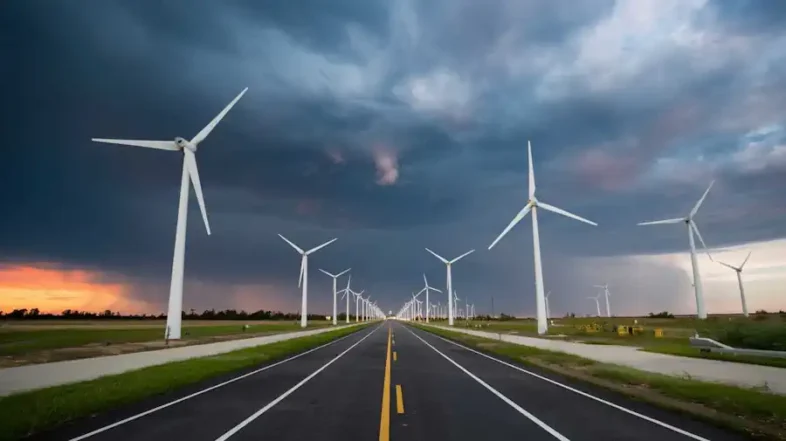As Americans increasingly face climate-driven extreme weather events, a new artificial intelligence model called YingLong is revolutionizing how we predict local conditions.
Developed to forecast weather patterns with remarkable precision at the neighborhood level, this technology could transform everything from emergency response during severe storms to everyday planning for outdoor events across the United States.
Listen to a Summary of this Article
Table of Contents
How AI is transforming the weather prediction landscape
YingLong represents a fundamental shift in meteorological forecasting, operating at a granular 3-kilometer resolution – roughly the size of a small neighborhood – to predict critical surface-level weather variables including temperature, pressure, humidity, and wind speed.
Unlike traditional forecasting systems that dominate American weather services today, YingLong processes data significantly faster while maintaining impressive accuracy, particularly in wind predictions across North American test regions.
“Traditional weather forecasting solves complex equations and takes time,” explains Dr. Jianjun Liu, a researcher on the project. “YingLong skips the equations and learns directly from past data. It’s like giving the model intuition about what’s likely to happen next.”
Why hyperlocal forecasting matters for American communities
The implications for American cities and counties are substantial. While national weather models provide broad outlooks, they often lack the precision needed for localized decision-making.
Limited area models (LAMs) like YingLong fill this critical gap by focusing computational power on specific regions, delivering the kind of hyperlocal intelligence that emergency managers, utilities, and local governments increasingly require in an era of climate uncertainty.
Traditional weather prediction systems can require hours or even days of computing time to generate forecasts. YingLong dramatically accelerates this process, enabling faster, more responsive planning for weather events.
For American communities vulnerable to flash flooding, severe thunderstorms, or wildfire conditions, this speed advantage could prove invaluable for public safety operations.
The technology behind the forecast revolution
YingLong builds on high-resolution hourly data from the High-Resolution Rapid Refresh (HRRR) system, a mainstay of American weather forecasting. The model combines this detailed local information with boundary data from Pangu-Weather, a global AI forecasting system.
By focusing predictions on a smaller inner zone, YingLong reduces computational demands while maintaining accuracy across 24 weather variables with hourly updates.
The system has demonstrated particular strength in surface wind speed forecasts – crucial information for aviation, renewable energy operations, and wildfire management across the American West.
Researchers are currently refining the model to improve temperature and pressure predictions through enhanced boundary inputs, addressing the variables most commonly referenced in daily weather reports.
The future of weather prediction in America
While AI models like YingLong won’t completely replace conventional forecasting methods in the immediate future, they’re already enhancing meteorological capabilities.
By delivering high-resolution predictions without massive computing requirements, these tools democratize access to sophisticated weather intelligence that was previously available only to major institutions with supercomputing resources.
For everyday Americans, the practical benefits could range from more reliable commute planning to better-informed decisions about weekend activities. Whether it’s knowing precisely when a thunderstorm will hit your neighborhood or ensuring you don’t get caught in a downpour at the next stadium concert, YingLong represents a significant step toward weather forecasts that are both more localized and more accessible to the public.


